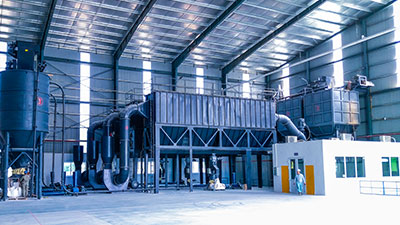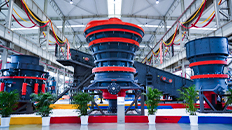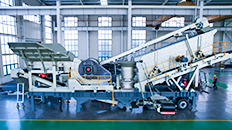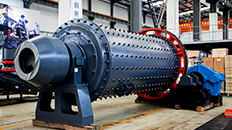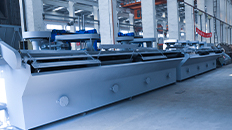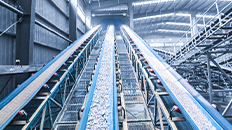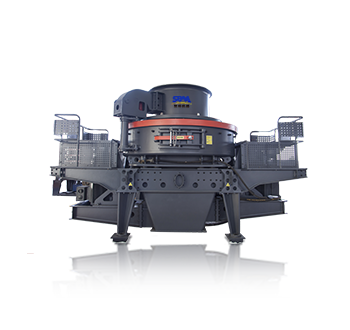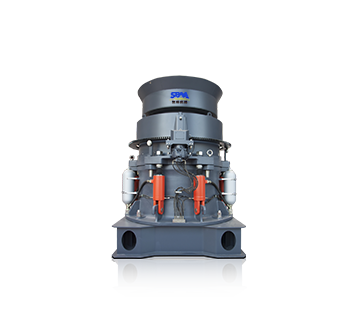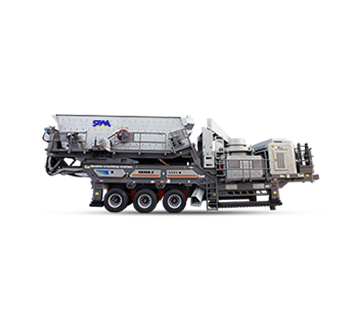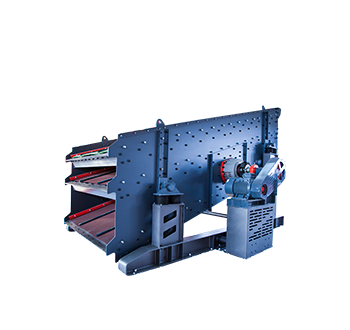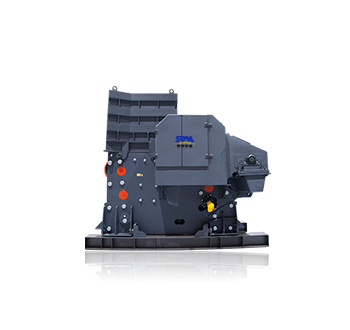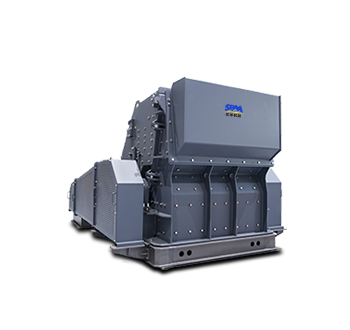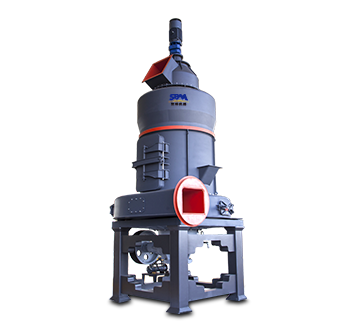Summary:Maintaining a vibrating screen is crucial for ensuring its optimal performance, longevity, and reliability. Regular maintenance helps prevent breakdowns, reduces downtime, and extends the lifespan of the equipment.
Maintaining a vibrating screen is crucial for ensuring its optimal performance, longevity, and reliability. Regular maintenance helps prevent breakdowns, reduces downtime, and extends the lifespan of the equipment. Here are some key maintenance practices for vibrating screens:



1. Regular Inspection
Conduct routine inspections of the vibrating screen to identify any signs of wear, damage, or potential issues. Inspect the screen media, including wire mesh, polyurethane panels, or rubber, for tears, holes, or excessive wear. Check the structural components, such as the frame, supports, and cross beams, for any signs of fatigue or damage.
2. Lubrication
Proper lubrication is essential for the smooth operation of vibrating screens. Regularly lubricate the bearings, drive mechanisms, and other moving parts as per the manufacturer's recommendations. Use the appropriate lubricant and apply it in the recommended quantities to ensure optimal performance and reduce friction-induced vibrations.
3. Tighten Loose Components
Vibrating screens can experience vibration-induced loosening of bolts, nuts, and other fasteners. Regularly check and tighten any loose components to maintain structural integrity and prevent excessive vibrations. Pay attention to the screen panels, clamping systems, and motor mounts, and ensure they are securely fastened.
4. Screen Cleaning:
Clean the screen surface regularly to remove any buildup of material, debris, or blockages. This can be done by using a brush, air blower, or water spray, depending on the screen media and the material being screened. Clearing away accumulated material helps maintain efficient screening performance and prevents excess weight that can strain the vibrating screen.
5. Replace Worn or Damaged Components
If any screen media, such as wire mesh or panels, are worn out, torn, or damaged, replace them promptly. Damaged screen media can lead to inefficient screening, increased vibrations, and reduced product quality. Similarly, replace any worn or damaged bearings, drive belts, or other components to prevent equipment failure and maintain optimal performance.
6. Balancing
Vibrating screens may require periodic balancing to ensure smooth operation. Over time, the weight distribution on the screen surface can become uneven, leading to excessive vibrations or premature wear. Consult the manufacturer's guidelines or seek professional assistance to perform proper balancing procedures when necessary.
7. Training and Education
Provide adequate training to operators and maintenance personnel regarding the proper operation and maintenance of vibrating screens. Educate them about potential hazards, safety procedures, and best practices for maintaining the equipment. Encourage personnel to report any issues or abnormalities promptly to prevent further damage or complications.
8. Follow Manufacturer's Guidelines
Always follow the manufacturer's recommendations and guidelines for maintenance, inspection intervals, lubrication, and other specific requirements. The manufacturer's instructions are tailored to the specific vibrating screen model and will help ensure proper maintenance procedures are followed.
By implementing regular maintenance practices and addressing issues promptly, you can optimize the performance and lifespan of your vibrating screen.



